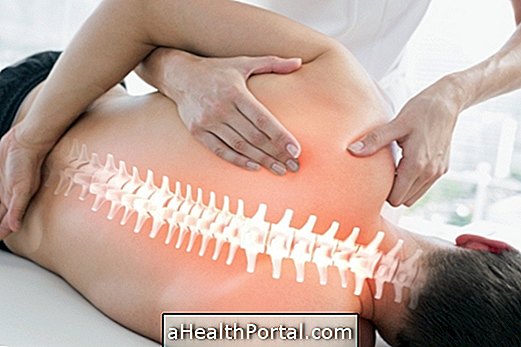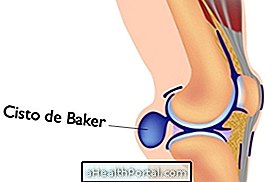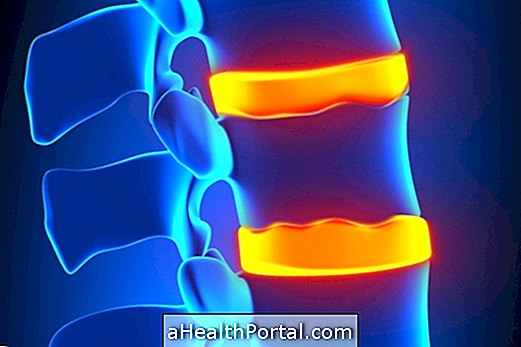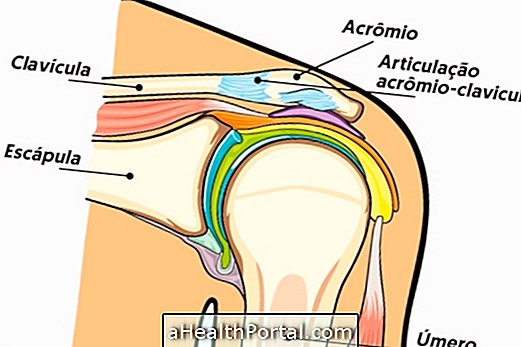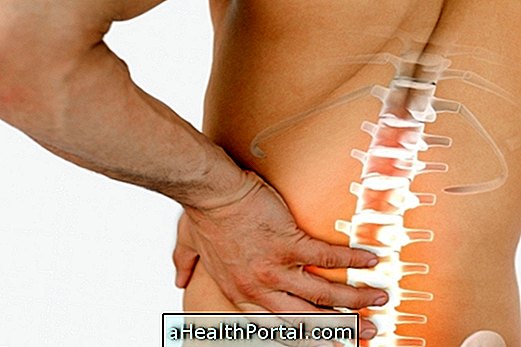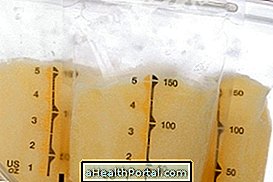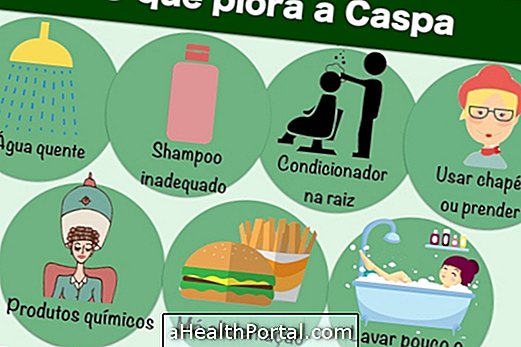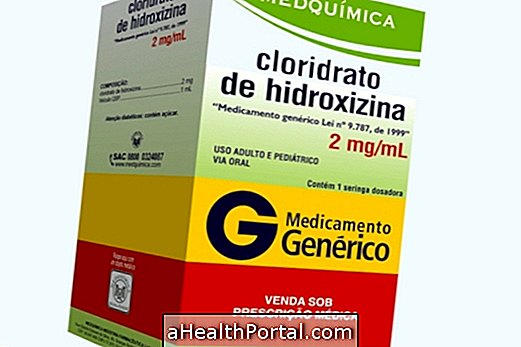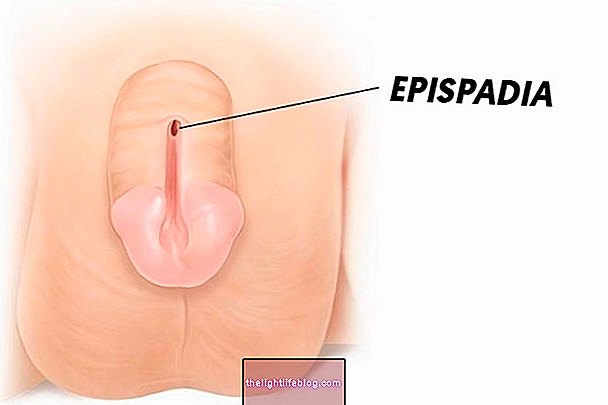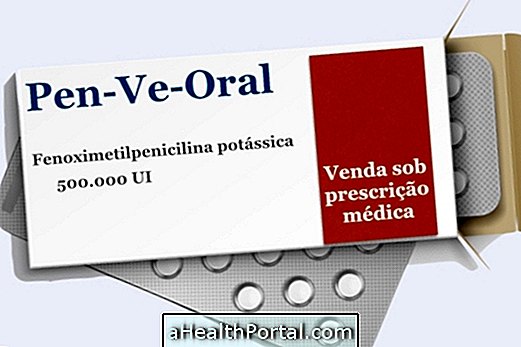To know if your child has broken a bone, it is important to be aware of abnormal bumps in the arms, legs, or other parts of the body such as hands and feet, as it is often not possible for the child to complain about the pain he feels, especially when he has less than 3 years.
In addition, another sign that your child may have broken a bone is when you have difficulty moving an arm or leg, being unwilling to play or avoiding to move your arm during bathing, for example.
Fractures in the child are more frequent before age 6 due to car crashes or accidents and generally do not cause deformation in the limbs because the bones are more flexible than the adults and do not break completely. Here's how to protect your child in the car at: Age for baby to travel.
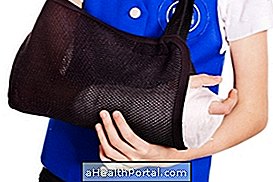

What to do if the bone is broken
What should be done when there is suspicion of broken bone in the child is:
- Go immediately to the emergency room or call an ambulance by calling 192;
- Prevent the child from moving the affected limb, immobilizing it with a sheet;
- Make compression in the fractured region with clean cloths if there is excessive bleeding.
Usually, fracture treatment in the child is done only with the placement of plaster on the affected limb, and surgery is only used in the most severe cases when there is an open fracture, for example.
How to speed recovery of a fracture
The fracture recovery time in the child is about 2 months, however, there are some practical care that can help speed the process, including:
- Prevent the child from making unnecessary efforts with the cast member, avoiding aggravation of the injury;
- Sleep with the limb cast higher than the body, placing 2 cushions under the affected limb to prevent the onset of swelling;
- Encourage the movement of the fingers of the affected limb to maintain the strength and amplitude of the joints, reducing the need for physiotherapy;
- Increase the consumption of foods rich in calcium, such as milk or avocado, to speed up the healing of bone;
- Check for signs of complications in the affected limb such as swollen finger, purple skin or cold fingers, for example.
In some cases, after recovery from the fracture, the pediatrician may recommend that the child do some physiotherapy sessions to recover the normal movements of the affected limb.
In addition, parents should take their child to regular appointments at the pediatrician for 12 to 18 months after the fracture to ensure there is no growth problem with the bone that has been broken.
